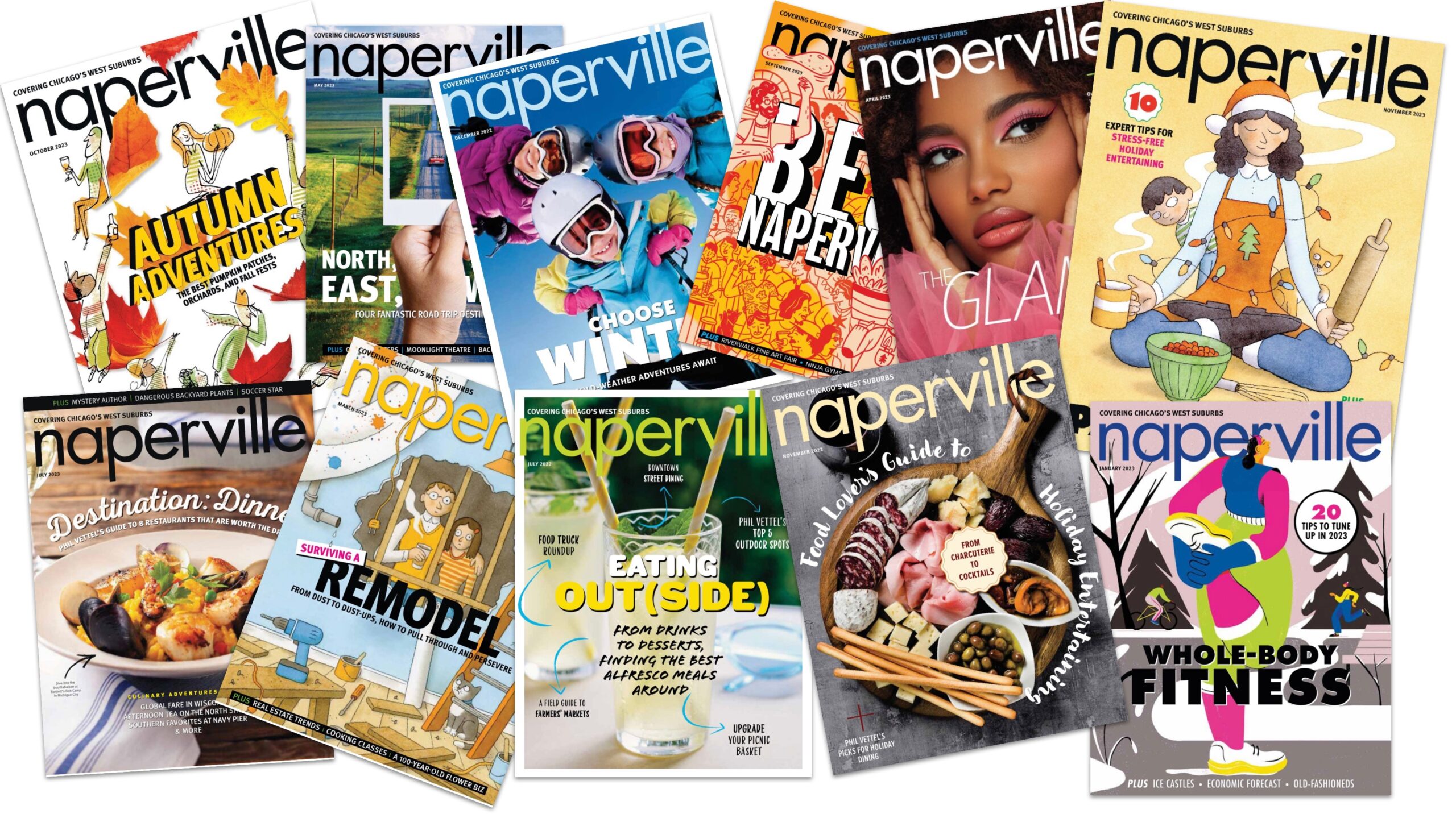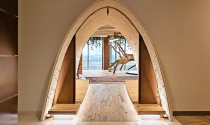
Designing Spaces—Suburban Office…
Designing Spaces—Suburban Office Spaces That Inspire
Read Full Post

Hidden Luxury | 2016 Honda Pilot
Hidden Luxury—2016 Honda Pilot
Read Full Post
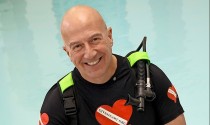
Diveheart—The Power of Zero Gravity
Diveheart—The Power of Zero Gravity
Read Full Post

Nightscaping—Showcasing Your Landscape…
Nightscaping—Showcasing Your Landscape in a New Light
Read Full Post

Be Our Guest—Naperville Home Features…
Be Our Guest—Naperville Home Features Kitchen Designed for Memorable Moments with Family…
Read Full Post
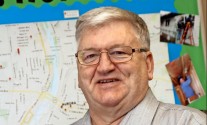
Ron Kelso—Someone You Should Know
Ron Kelso—Someone You Should Know
Read Full Post

Happy Feet—Why Running Makes You…
Happy Feet—Why Running Makes You Happy
Read Full Post

Business Briefs | March 2016
March 2016 Business Briefs
Read Full Post

Safety Town Gala—Friday, January…
Safety Town Gala—Friday, January 29
Read Full Post

Pretty in Print—Update your Look…
Pretty in Print—Update your Look with Patterns Galore
Read Full Post

Hiring an Interior Designer for Less—Tips…
Hiring an Interior Designer for Less—Tips to Make Working With a Designer More Affordable
Read Full Post
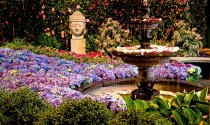
The 630 | March 2016
The 630—March 2016
Read Full Post

